New faculty in College of Veterinary Medicine bring passion for the clinic and classroom
Six new faculty members recently joined the Department of Clinical Sciences in the Cornell College of Veterinary Medicine in 2019, bringing a passion for teaching and clinical expertise in such diverse fields as anesthesiology, dermatology, oncology, ophthalmology, and sports medicine and rehabilitation.
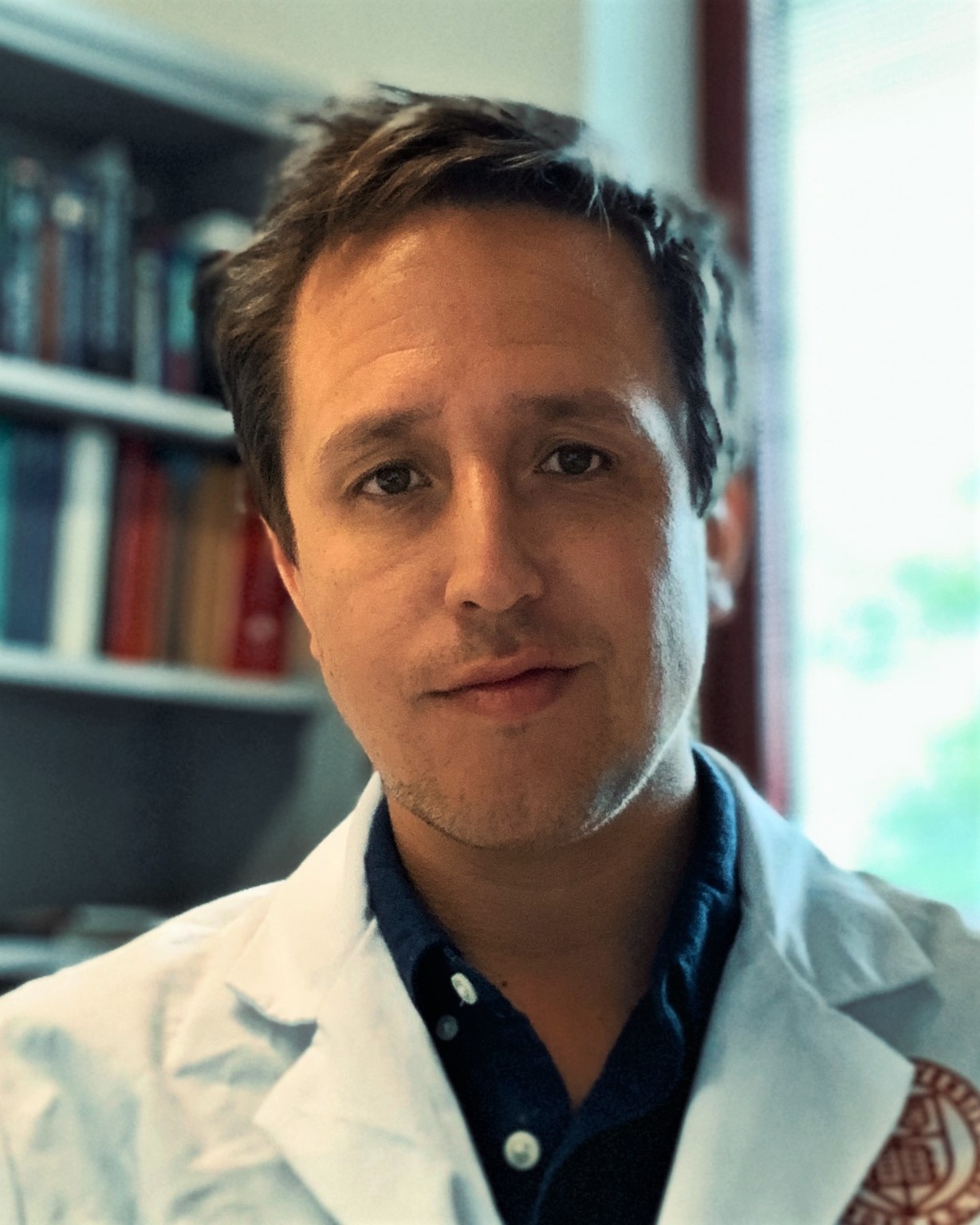
Dr. Joaquin Araos, lecturer in anesthesiology, was most recently a clinical anesthesiologist with the University of Montreal. Araos says he was first drawn to the anesthesiology specialty on rotation as a veterinary student in his native Chile. “It was there I learned anesthesia is a combination of advanced pathophysiology, pharmacology, anatomy and fast-paced medicine,” he recalls.
Araos earned his veterinary medical degree from the Universidad Mayor, in Santiago de Chile, Chile before completing an anesthesia internship at Cornell and a residency in large and small animal anesthesiology at the University of Pennsylvania. He went on to earn a Ph.D. in Clinical Sciences from Pontificia Universidad Catolica de Chile, School of Medicine in Chile.
“Anesthesia is a unique specialty,” says Araos. “It’s very rewarding because there never seems to be a plateau to your career and learning. The more you do it, the better you get at it.”
He joined Cornell for the opportunity to work as a specialist, teacher and scientist. “This provides you with a very dynamic work schedule. You get to work on the clinical floor, do research, and teach final-year students how to anesthetize real patients,” says Araos. “Students are the future of our profession, so being able to somehow help them shape their knowledge and professional perspectives is a huge and rewarding responsibility.”
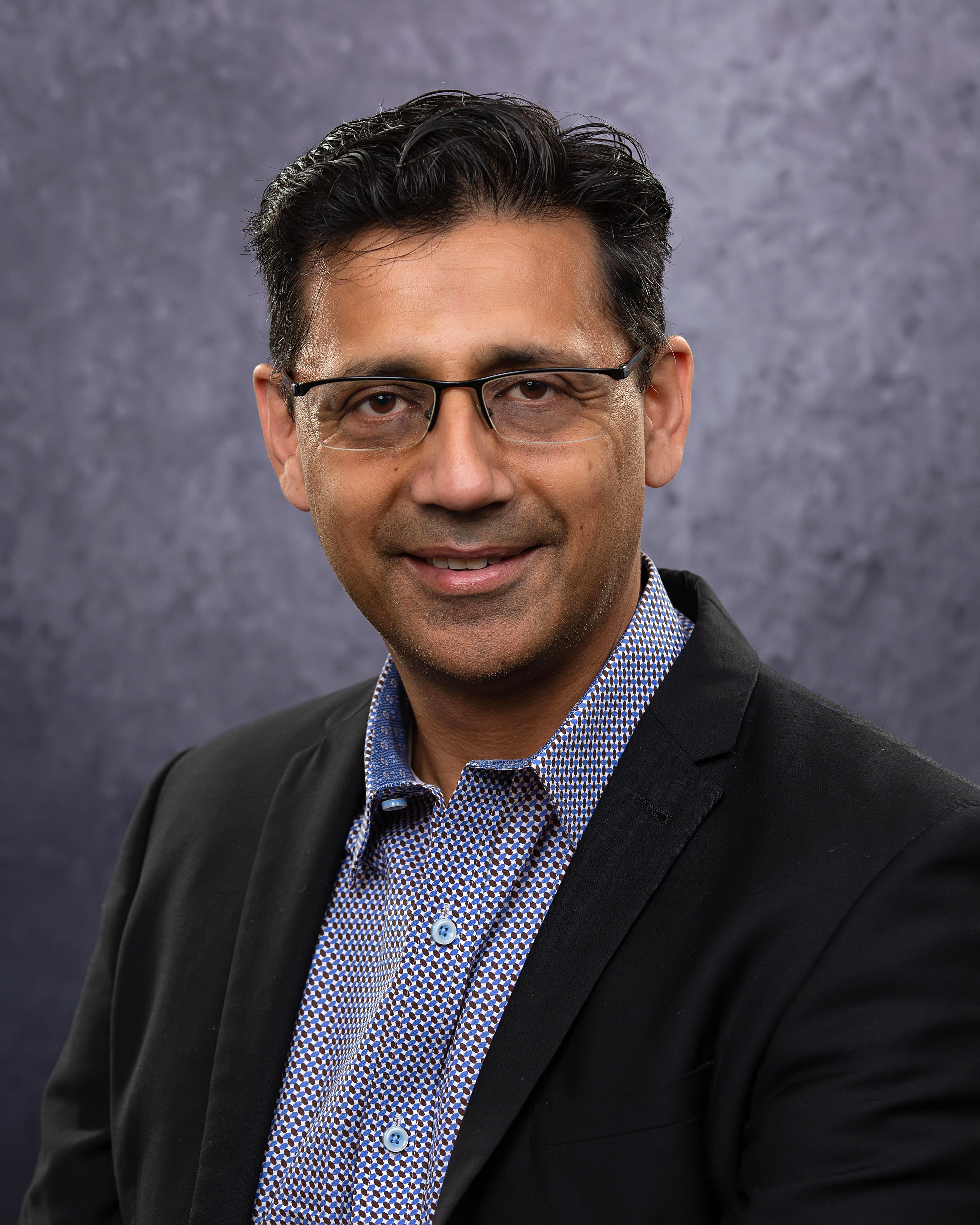
Dr. Parminder S. Basran, associate research professor of medical oncology, is a medical physicist. “We balance skills in math and physics with today’s technology to help diagnose disease and treat cancer,” he explains. “Medical physicists make sure the machines used in diagnosis and treatment behave the way they are supposed to, and conduct research optimizing the way that technology is used in patient care.”
He has more than 20 years’ experience as a medical physicist in human oncology, most recently as senior medical physicist with the BC Cancer Agency-Vancouver Island Centre, in Victoria, British Columbia. He was excited to join Cornell College of Veterinary Medicine, saying, “While the patients are different, my ethos remains the same: to improve the quality of care for cancer patients through the introduction of evidence-based technologies and pragmatic processes in our fast-paced environment.”
As someone who is passionate about his field, he adds he has a “keen interest in cultivating and fostering future leaders into the profession of medical physics” in his role as a faculty member. Basran earned his M.Sc. in Medical Physics from the University of Alberta, Edmonton Alberta Canada, and a Ph.D. in Medical Physics from University of Calgary, Calgary Alberta Canada.
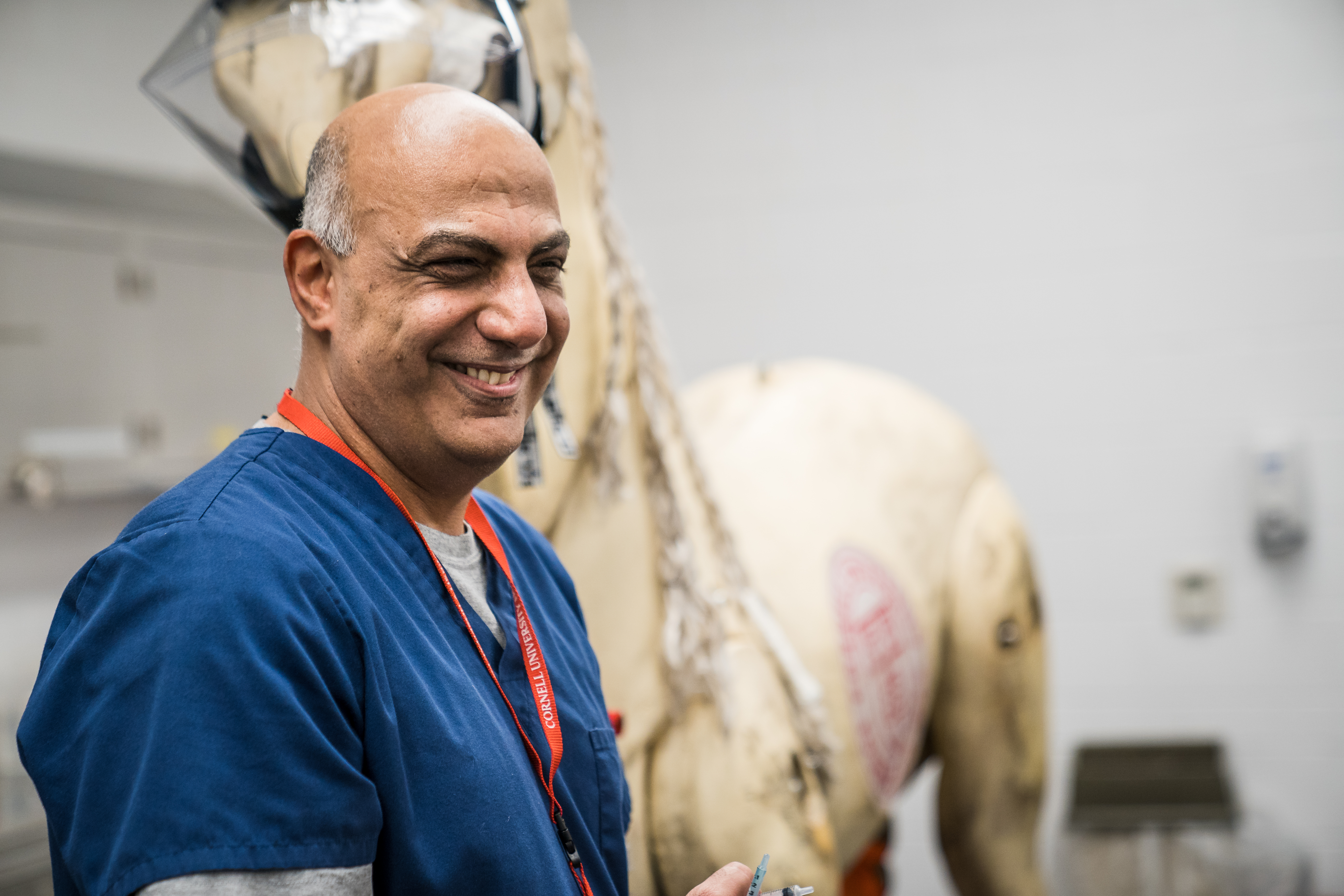
Dr. Gil Ben-Shlomo, associate professor of ophthalmology, was eager to join Cornell because, he says, “It’s the top veterinary school in the world. When the opportunity came along, it appealed to me.”
He earned his D.V.M. and a Ph.D. in Neurobiology and Ophthalmology from Koret School of Veterinary Medicine, Hebrew University of Jerusalem, Israel. He then completed a Residency in Comparative Veterinary Ophthalmology with the College of Veterinary Medicine, University of Florida.
As a veterinary student, Ben-Shlomo explains he was “Intrigued by the complexity of the eye and the need to use and combine a broad knowledge base involving several disciplines – internal medicine, surgery (and microsurgery), neurology, oncology, dermatology and others.” He adds, “The deeper I got into my Ph.D. and eye research, the clearer it became that ophthalmology was my passion.”
Clinically, he explains he treats “anyone with eyes.” Over the course of his career, he has treated tigers, lions, elephants, rhinoceros, dolphins, sea lions, emu and flamingos, among others. He’s currently co-editing a book about exotic/zoo animal ophthalmology and says Cornell provides him greater access to larger numbers and varieties of species for this work.
“It’s a very enriching and diverse environment. Every day, you never know what will step through the door,” says Ben-Shlomo.
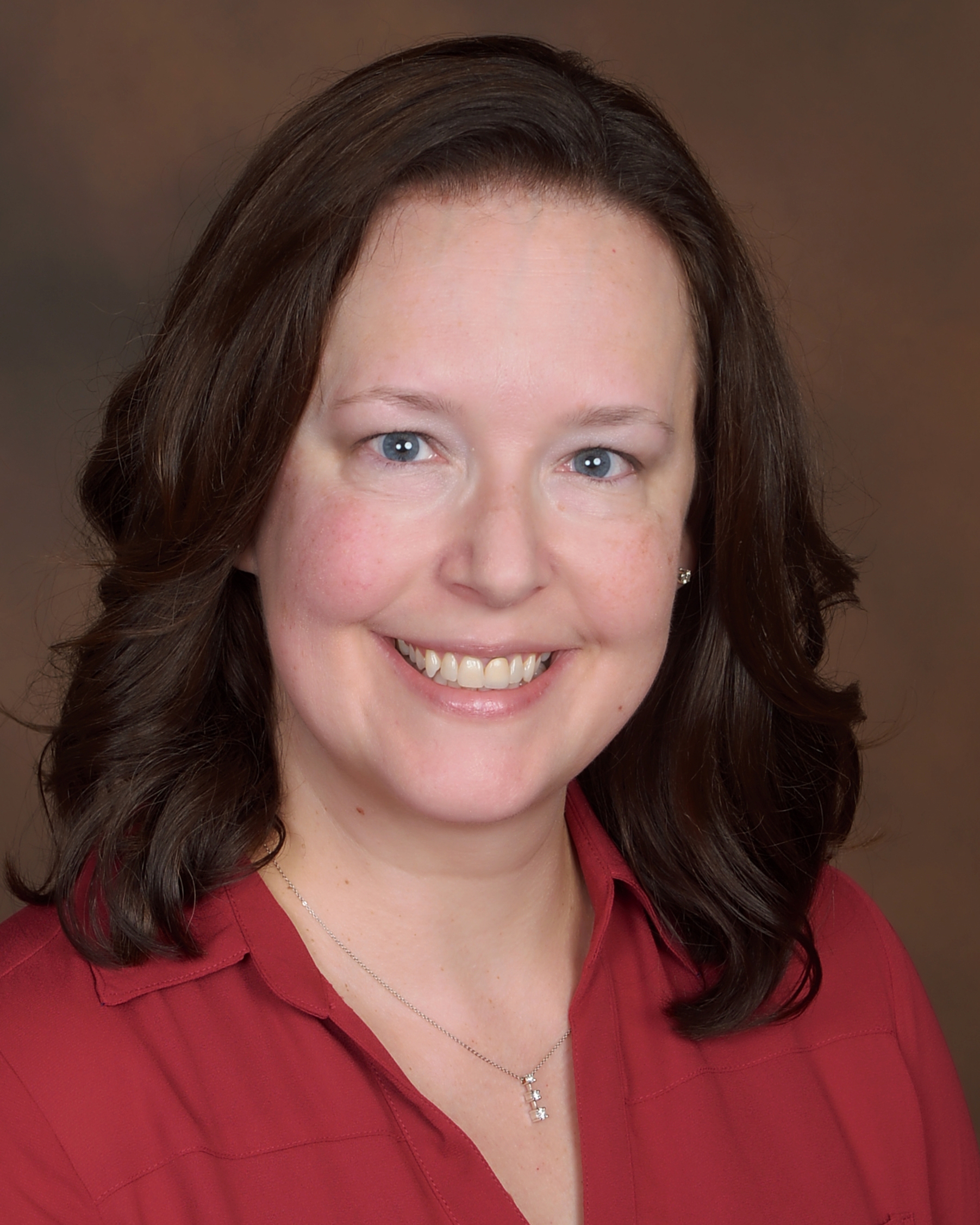
Dr. Mitzi Clark, assistant clinical professor of dermatology, says her specialty gives her the opportunity to develop long relationships with the patient and family.
Clark earned her D.V.M. from Louisiana State University. She completed a small animal medicine internship with the Angell Animal Medical Center, in Boston, and a residency in dermatology at Cornell. She then worked in a private dermatology practice for six and a half years.
She is one of two new faculty who have joined the department following the recent retirement of her mentors, Dr. William Miller, Jr., Professor Emeritus of Medicine, Section of Behavior and Section of Dermatology, and Danny Scott, James Law Professor Emeritus, Section of Dermatology.
“Julia Miller (Bill’s daughter) and I are hoping to take the legacy that has been built over the years and run with it. We want to bring fresh perspective and make sure the residents have the latest techniques before they leave their program,” says Clark.
She’s also excited to teach. “The students are what really drew me back. I’m excited when they ask something I don’t know and we have to look it up together. It makes me a better clinician,” says Clark. “The resources Cornell can offer, the colleagues who I work with to solve cases that require a multidisciplinary approach, and the students’ excitement keeps me fresh.”
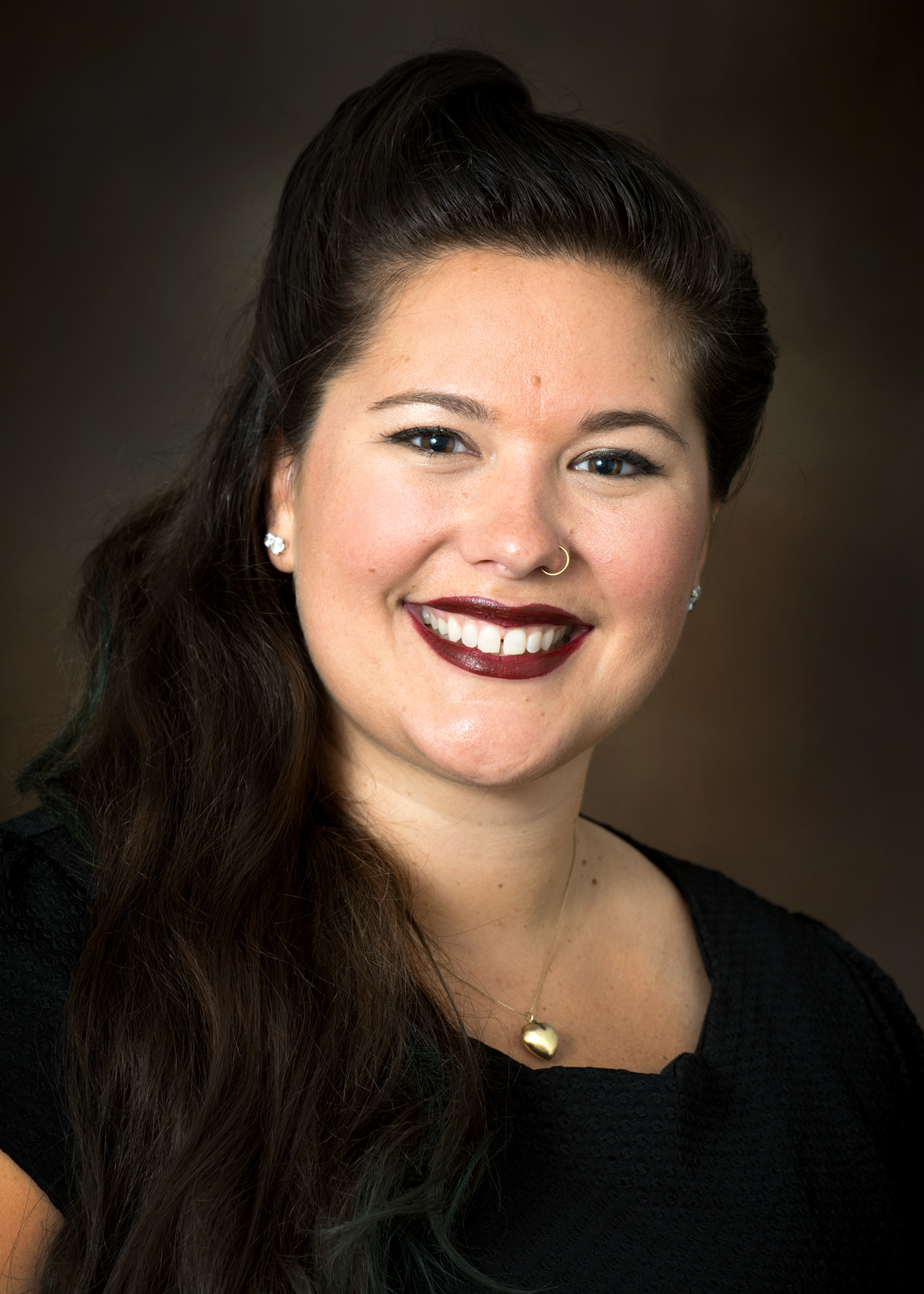
Julia Miller D.V.M. ’12, assistant clinical professor of dermatology and foundation course leader for Block VI, completed a large animal internship at the University of Georgia and did mixed animal general practice in the Carolinas before moving to small animal general practice for four years. There, she chose to specialize in dermatology because “It was in my blood,” she says, referring to her father. She completed her residency in dermatology at Cornell.
“Dermatology is a fascinating puzzle, a combination of immunology, the function of the skin, drugs we use, and internal disease; I get to look at it all,” she says. “And, since these cases are chronic and lifelong, I get to develop relationships with clients and pets.”
Now at Cornell, Miller has a lot of opportunity to work with large and small animals, especially with her favorite species, pigs, which she hopes to incorporate into her clinical research.
“Pigs have only recently become pets and therefore only recently started to live natural life spans. There’s a lot of new information to be gained,” says Miller.
Beyond clinical work and research, she is happy to be teaching. “I wanted to specialize and stay in academia. I want to contribute to the future of the profession and my students are a big part of that,” she says.
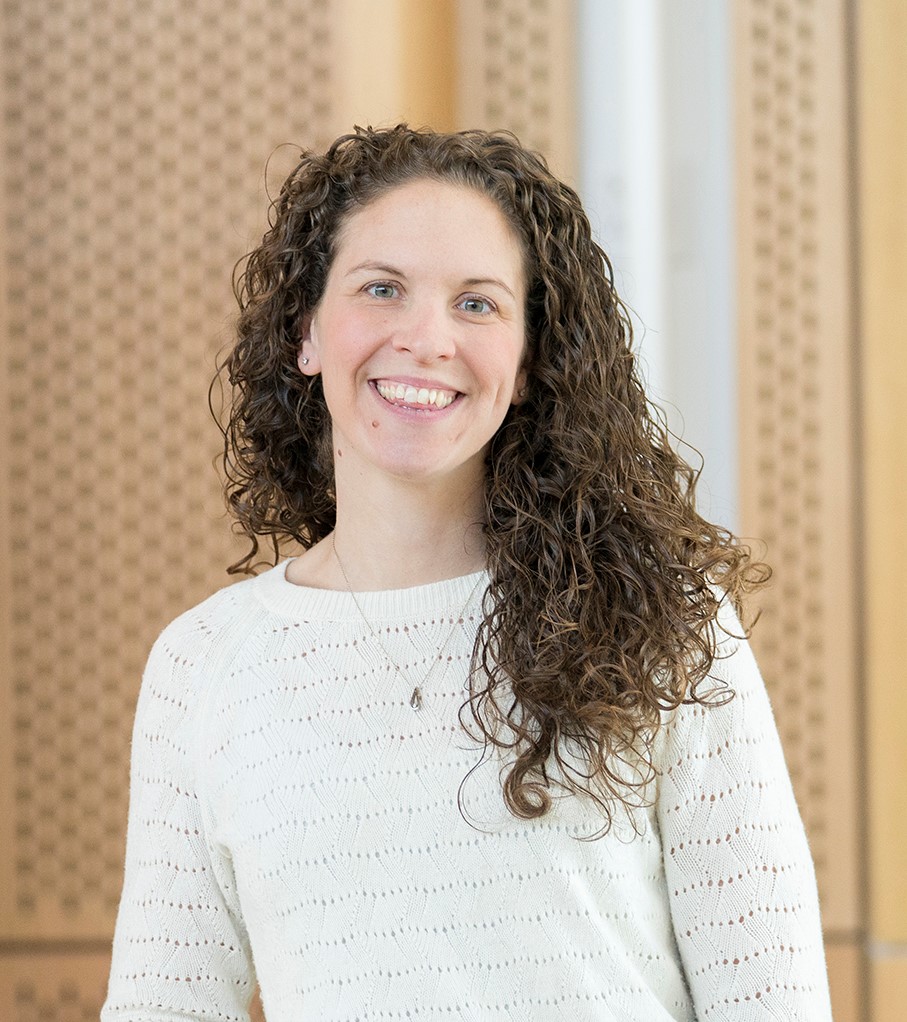
Allison Miller ’03, D.V.M. ’07, is a lecturer in the Department of Biomedical Sciences and in the Department of Clinical Sciences, Section of Sports Medicine and Rehabilitation.
As a rower in college, Miller says, “I had my own training regimen and injuries to recover from. I know we’re asking performance animals to do things they’re bred to do, but they really are athletes in the same way we are. We need to support them and condition them with an exercise program that minimizes injury.”
Miller also uses acupuncture to help her patients. “I find that patients who are sent to rehab do better when we combine conventional approaches with acupuncture.”
She points to benefits of acupuncture for performance horses. “Restrictions are narrowing on what medications the horse can be on when they show,” she says. “We can use acupuncture to decrease muscle spasms and pain and they can perform better in strict adherence to the rules,” says Miller.
She regularly brings real-life patient examples into her teaching. “My clinical work helps support my pre-clinical teaching. As a student myself, I learned better when I was thinking in a clinical context. So, I can tell my students, here’s your future patient and what we’ll do for them.”




